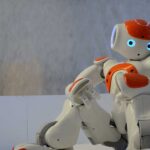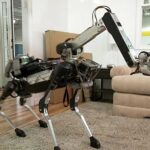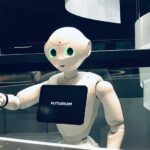Dynamic Sculptures
Dynamic Sculptures
The Future in Motion Dynamic Sculptures that Blur the Lines Between Art and Technology
This documentation explores the fascinating realm of robotics through the lens of dynamic sculptures, focusing on two iconic figures: WALL-E and ASIMO. These sculptures, inspired by the beloved characters, showcase the fusion of art and technology in the field of robotics. The document delves into the technical intricacies, design considerations, and the allure of these dynamic sculptures, highlighting their role in pushing the boundaries of artistic expression and technological innovation.


The Art and Science of Dynamic Sculptures
Dynamic sculptures leverage robotics to bring static forms to life. By blending engineering precision with artistic vision, these sculptures create a mesmerizing fusion of movement and aesthetics. This integration challenges the conventional boundaries of art, offering a new canvas for creative expression.
Design and Engineering
Designing dynamic sculptures involves a multidisciplinary approach, combining principles of art, engineering, and robotics. Artists and engineers work together to conceptualize the sculpture, select materials, and integrate mechanical and electronic components to achieve the desired movement and aesthetics.

The Rise of Dynamic Sculptures
- Origins: Kinetic art emerged in the early 20th century.
- Techniques: Artists experimented with wind, motors, and mechanisms.
- Characteristics: Early kinetic artworks were simple but foundational.
- Technological Advancements: New materials and electronics enabled sophistication.
- Complexity: Sculptures could move intricately, responding to stimuli.
- Growth: Technological advancements spurred dynamic sculpture expansion.
- Variety: Modern sculptures vary in size, style, and complexity.
- Engagement: They deeply engage viewers, captivating global audiences.
- Locations: Dynamic sculptures are found in museums, public spaces, and galleries.
- Future Possibilities: Incorporating AI, robotics, and advanced tech.
- Innovation: The future promises unprecedented creativity in dynamic sculpture artistry.
WALL-E: A Lovable Robot Reborn in Motion
Wall-E is a human-sized static robot sculpture designed for the Courtyard to welcome visitors to Roboseum. It features movements of the head, neck, and arms in response to visitor detection, enhancing the experience in the Robotics Gallery. This document provides detailed information on Wall-E’s internal mechanism, design, electronics hardware, and instructions for control, maintenance, and safety precautions.
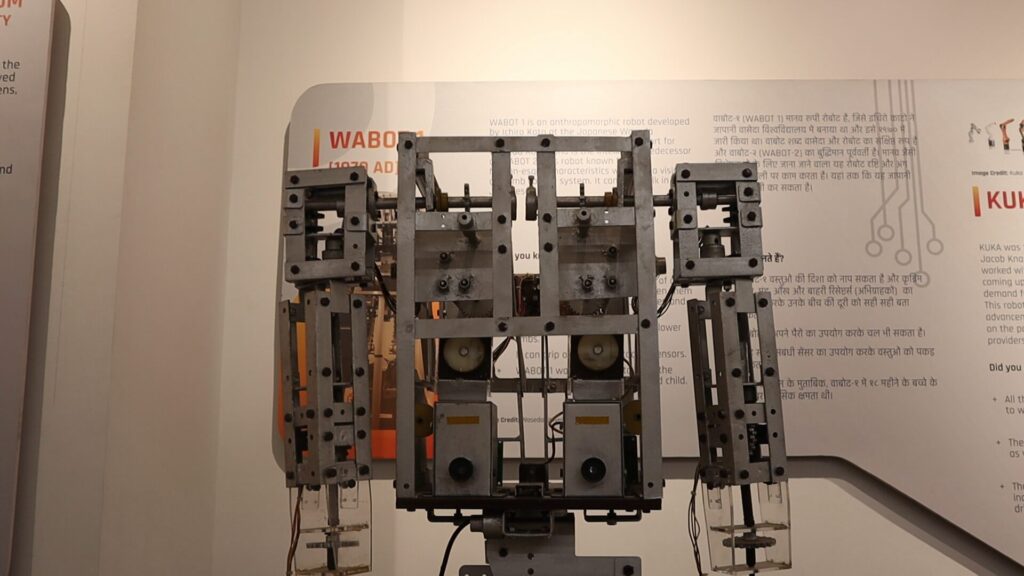
Technical Specifications
- Head Movement (Tilt): Actuator-based with specific dimensions and materials.
- Neck Movement (Rotation): Servo-driven with precise gear ratios and servo motor specifications.
- Hand Movement: Servo-driven with detailed gear ratios and servo motor specifications.
Implementation
Our company has converted Wall-E into a dynamic sculpture that responds to visitor interaction. As visitors pass by, Wall-E’s head and arms move according to their position, creating an engaging and interactive experience.
ASIMO: More Than a Robot, a Dynamic Sculpture in Motion
- ASIMO’s dynamic sculpture showcases lifelike movements, including walking, running, and interacting with its environment. The sculpture incorporates advanced robotics technology to replicate ASIMO’s human-like actions. ASIMO’s dynamic sculpture highlights the intersection of robotics and art, demonstrating the beauty and complexity of robotic motion. Viewers are captivated by ASIMO’s dynamic sculpture, which offers a glimpse into the future of robotics and human-robot interaction. The sculpture’s intricate design and movements challenge traditional notions of static art, offering a new perspective on the relationship between technology and creativity.
- Implementation: Our company has converted ASIMO’s dynamic movements into a sculpture that responds to visitor interaction. As visitors pass by, ASIMO’s sculpture waves its hand accordingly, creating a captivating and interactive experience.

Electronics
The circuitry includes a high-current motor drivers for hand and head motors, with a relay for the waving mechanism motor. A spare relay is included for backup. The head assembly incorporates a wiper motor with an inductive proximity sensor for precise positioning feedback.
Interactive Experience
Dynamic sculptures are not just static displays; they are interactive artworks that engage viewers in a unique and captivating way. By incorporating movement, sound, and sometimes even touch, these sculptures draw viewers in, sparking their curiosity and encouraging them to explore further. This interactive experience enhances the overall visitor experience, making it more immersive and memorable. It transforms the sculpture from a mere object into a dynamic and engaging piece of art that truly comes to life.
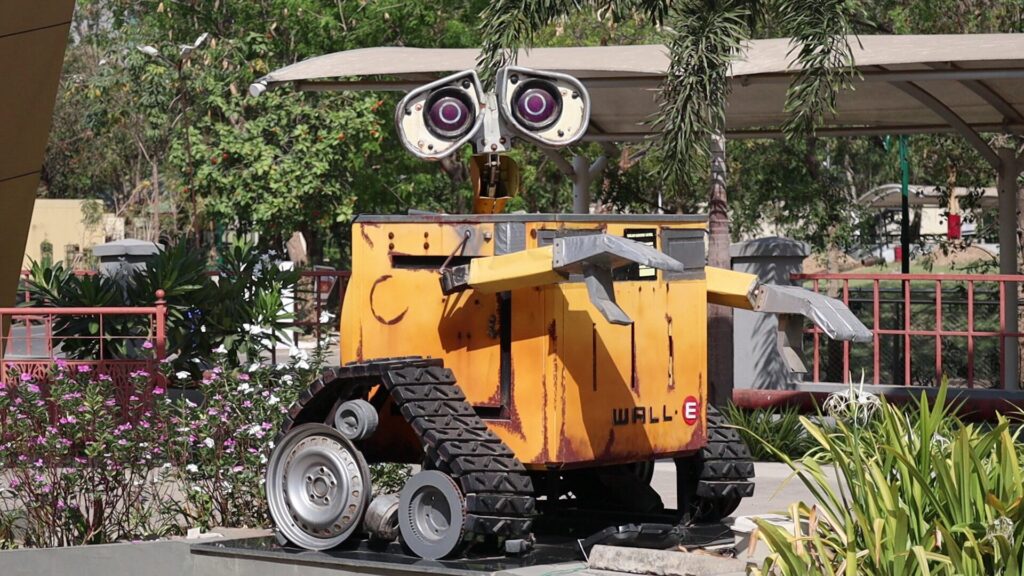
Benefits and Advantages
Engagement
Dynamic sculptures captivate audiences, drawing them in with their movement and interactive features.
Education
They serve as educational tools, showcasing robotics principles and technology in a tangible, engaging manner.
Innovation
Dynamic sculptures push the boundaries of art and technology, showcasing the latest advancements and creativity
Entertainment
These sculptures provide entertainment value, offering a unique and memorable experience for viewers.
The Future of Dynamic Sculptures
AI-powered Sculptures
We envision sculptures powered by artificial intelligence, capable of adapting their movements and interactions based on their surroundings or audience.
Large-Scale Installations
Dynamic sculptures aren’t limited to galleries; they have the potential to transform entire public spaces. Imagine cityscapes adorned with interactive sculptures, creating an immersive art experience for all.
Educational Applications
We see dynamic sculptures playing a role in education, fostering creativity and engaging students in a way traditional methods cannot.
GALLERY

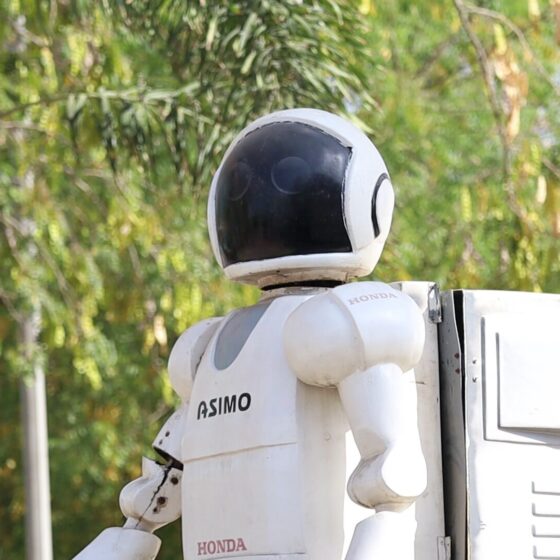

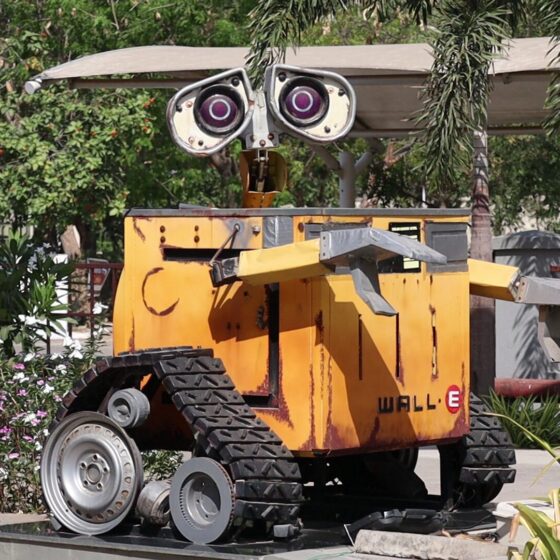

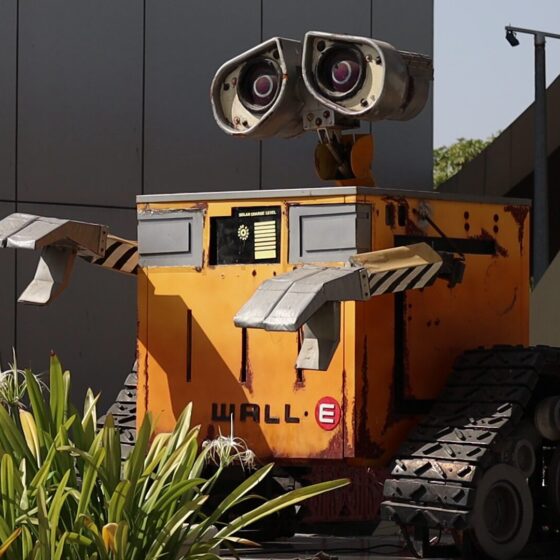
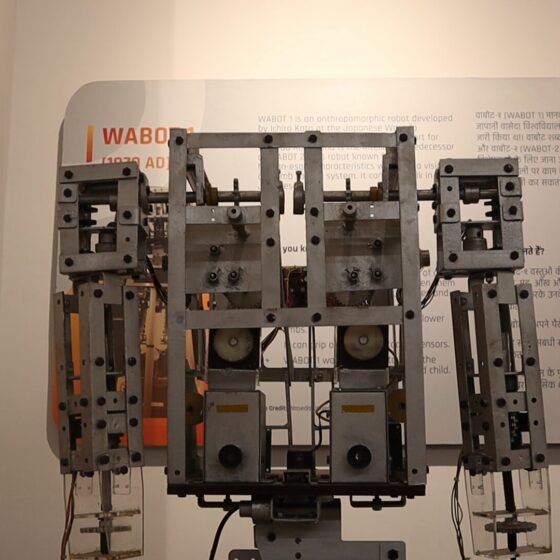
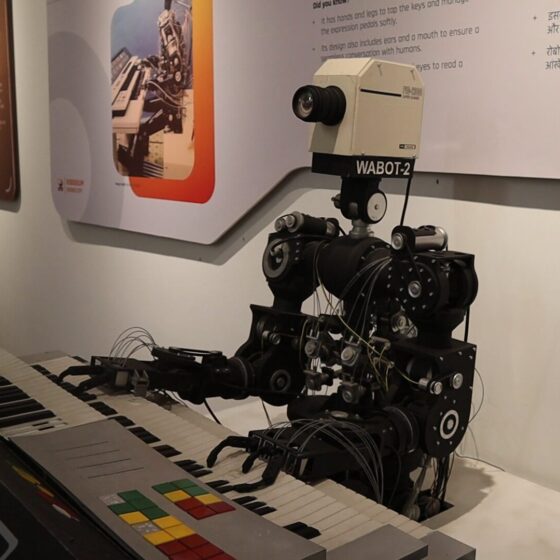
Contact Us
The latest Robot news and resources contact straight legal Point.
11, William Grant Road, Markham, Ontario, L6E 1R8
Telephone: +1-825-888-9393
bob@newagerobots.com, info@newagerobots.com
Useful Links
Copyright © techite all rights reserved.



